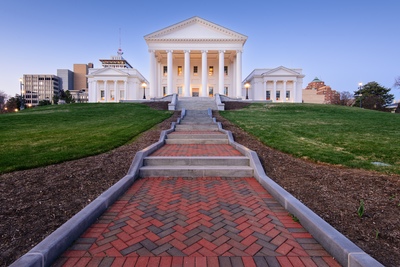
State Government Affairs, Elections & Campaigns
How Lieutenant Governors Are Selected (And Why It Matters)
December 10, 2025 | Bill Kramer

Colorado is one of the top 10 states that are most likely to see a change in party control in one or both state legislative chambers after elections on November 6. Senate Republicans and House Democrats are both hanging onto slim majorities in their respective chambers and either could flip to the other party in November. Republicans currently have a two-vote margin, 18-16, in the Senate. Former Democratic Senator Cheri Jahn became an Independent just before the start of the 2018 session, although she continued to back Democrats on most issues. Democrats have a slightly larger advantage of 36-29 in the House.
To grab the Senate, Democrats need only flip one seat, plus recoup Jahn’s former seat. Jahn’s seat in District 20 is one of seven Senate seats that is term-limited this year. Senators in Colorado are limited to two four-year terms, with half of the seats up for election every two years. The staggered elections mean 17 seats in the 35-seat Senate chamber are on the ballot this year.
In the House, all 65 seats are up for grabs, and Republicans must capture four seats currently held by Democrats to take control of the chamber. Term limits are also a factor in the House, with members restricted to four two-year terms.
Historically, Republicans dominated the Colorado House and Senate from the 1960s through the early 2000s. Recent elections have seen control flip back and forth between the two parties, but the trend since 2004 has leaned Democratic.
The governor’s race is also up for grabs in 2018, so either party could wind up with the trifecta of both chambers plus governor on election night. Democratic Governor John Hickenlooper is term-limited after two four-year terms. The legislative agenda for the 2019 session hangs in the balance.

December 10, 2025 | Bill Kramer
-238a17-400px.jpg)
December 10, 2025 | Bill Kramer

November 5, 2025 | Bill Kramer